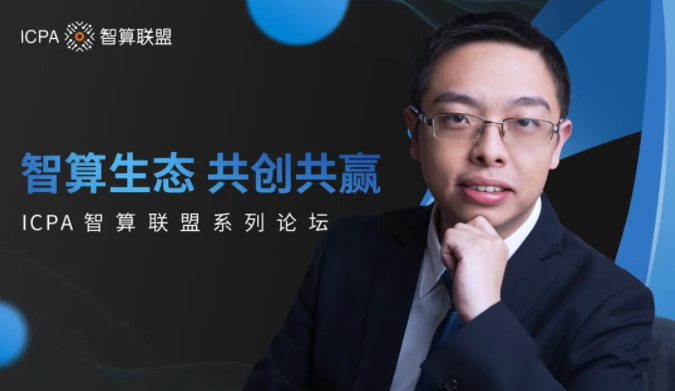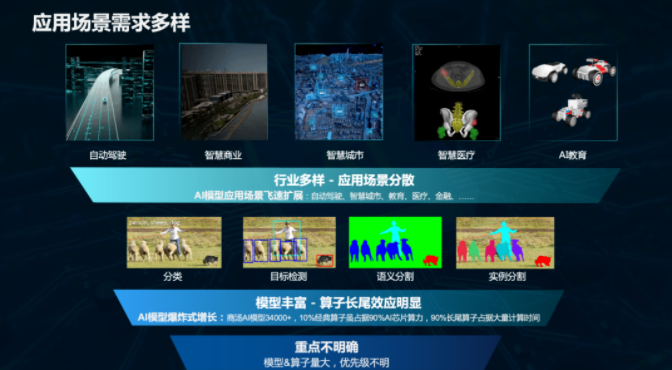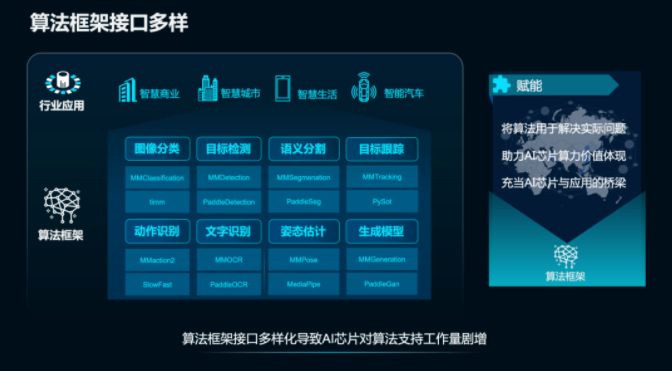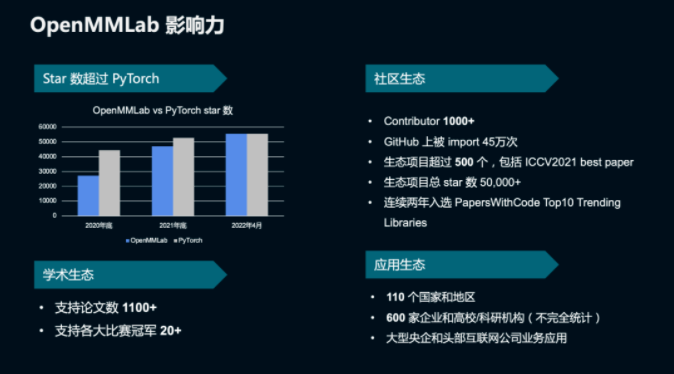



• Level P0 refers to an algorithm that must be fully supported by any chip;
• Level P1 refers to an algorithm that widely serves in business scenarios but is not absolutely necessary;
• Level P2 refers to an algorithm with relatively less usage and attention.
On the basis of algorithm grading, SenseTime follows the principle of “business application as orientation, algorithm as path”, and has formed a complete set of adaptation and evaluation systems for training frameworks, inference engines, training chips and cluster environments, thus giving downstream software and chip manufacturers a very definite and clear optimization and adaptation guide.
For the standard operator interface system, SenseTime extracts standardized operators according to the algorithm guidance. In this process, SenseTime has completed two important tasks:
• The first one is to unify operator interfaces and function signatures, including operator interface and input/output information;
• The second one is to create a consistency test suite, including standardized test cases and related tool systems, which can verify the correctness of operators and evaluate the execution efficiency in different environments and configurations.
These two tasks provide a standardized path for evaluating different chips, and the whole set of technical infrastructure can promote industrial collaboration.
In addition, today’s adaptation methods also have obvious advantages over traditional adaptation methods. Traditionally, chips and frameworks follow the one-to-one adaptation method, but it is difficult to reuse its experience across chips or across scenarios. SenseTime’s many-to-many chip-frame adaptation process is based on the standard operator interface system, and can minimize communication costs, work difficulty, and adaptation workload. Hundreds of standard operator interfaces can be connected at one time, and after passing the conformance test, can be automatically adapted to different algorithms and chips to enable faster iterations.
In the future, SenseTime will work to build more AI technologies, thus actively promoting the upstream-downstream cooperation and coordination of the industry and providing support for more efficiently opening the closed chip-to-value loop.